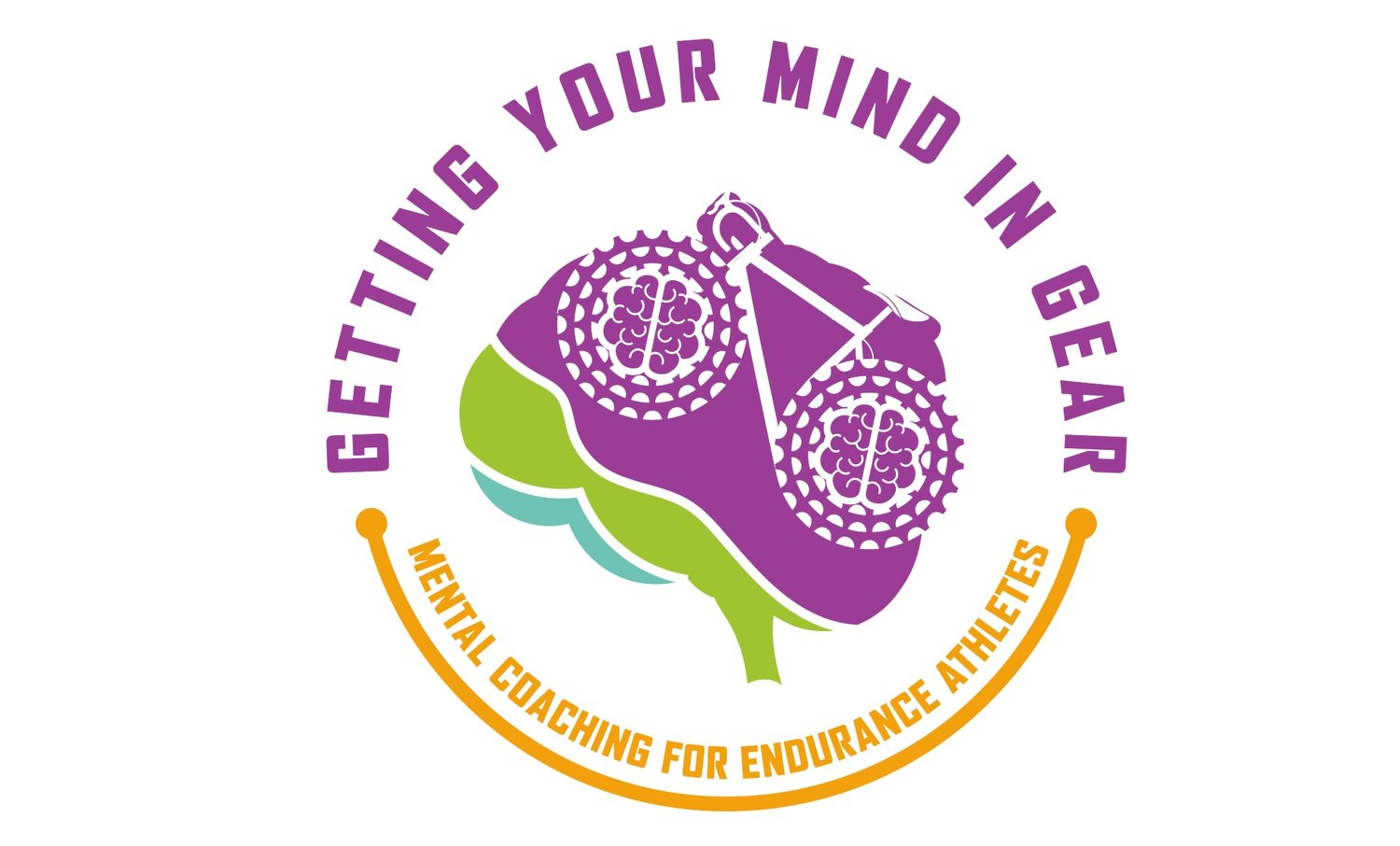The stories we dive into: Rethinking your inner dialogue
In February 2025, a group of friends and I ventured to Palau for a scuba diving adventure. The diving was truly extraordinary! The water shimmered in every shade of blue imaginable, from the vibrant turquoise of the shallows to the deep cobalt blue of the ocean depths. Each dive revealed something spectacular. We witnessed the mesmerizing dance of mantas feeding on plankton, descended 100 feet into a breathtaking blue hole, watched reef sharks glide gracefully through the powerful currents at Blue Corner, observed clownfish living harmoniously with carpet anemones, and saw turtles munching on coral before drifting to the surface for air.
While diving was the primary purpose of our trip, I always seek a multifaceted experience on vacation. Palau, renowned for its world-class scuba diving, is also celebrated for its intricate storyboards. As a lover of stories and diverse cultures, I couldn't resist purchasing one. My chosen storyboard, shaped like a manta, narrates the story of why and when turtles return to the same island to lay their eggs. These hand-carved pieces are beautifully detailed, conveying tales and legends from Palauan culture. This tradition of carving and storytelling originated in the Bai, the chief’s meeting house. Although modern housing has replaced the Bai, the art of storytelling through carving endures.
Reflecting on these storyboards prompted me to consider the stories that shape our lives and influence our thoughts, feelings, and actions. We carry stories passed down through our cultures and religions, stories told by our families, and the constant narratives our internal voice creates. These stories help us make sense of our experiences and guide our responses. Sometimes, it's essential to pause and examine these narratives: Are they true? Where did they originate? For instance, in my Palauan legend, did a turtle truly return a girl’s skirt after a month? Or is it a symbolic explanation for the mysterious return of turtles to their nesting grounds?
As athletes, we are not immune to these internal narratives. We carry cultural stories: cyclists should be slender, women shouldn’t lift heavy weights, and racers must be fast. We also hold personal stories: 'I can’t race in the heat because of that one bad race,' 'Biking is dangerous because of that crash,' or 'I can’t run because of that embarrassing comment.' And then there are the fear-driven stories: 'I’m not good enough,' 'I’ll never conquer that hill,' or 'This water is too rough.' Athletes constantly grapple with these internal dialogues.
It’s important to acknowledge that not all stories are negative. Many athletes tell themselves empowering stories: 'You’ve got this!' 'Your training will pay off!' 'Performance matters more than appearance!' 'You belong on this start line!' or 'You’re still doing great, even after falling behind!'
Let's examine the stories we tell ourselves. Are they helpful or harmful? It’s a trick question because our brains often intend for these stories to be helpful, designed to protect us. The 'I can’t do this' narratives are meant to prevent potential physical or emotional harm. However, heeding these stories can hinder growth and prevent us from proving them wrong. The internal naysayer can stifle our learning and development.
When dealing with negative stories, acknowledge the fear or worry behind them. Reassure that part of yourself with confident self-talk, reminding it that you can handle any outcome. Sometimes, however, listening to the negative voice is necessary. If I want to skydive, and my inner voice screams, 'You don’t know how to do that!' it’s correct. Learning through lessons allows me to reassure that voice and confidently jump from a plane.
Our stories are powerful, and our internal dialogue significantly impacts our daily lives. To harness this power, we must first listen. Pay attention to all stories, even the negative ones. They reveal our fears, allowing us to address them. Journaling is an excellent way to start listening. It doesn’t require a fancy journal—just a pen and paper. Writing slows down our thoughts, fostering deeper connection and naturally encouraging us to challenge negative narratives.
Next, understand the source of these thoughts. When working with someone experiencing negative self-talk, I ask, 'Whose voice is this?' Often, it’s not their own but the echoes of past experiences, social media influences, or cultural expectations.
Once you understand the source, challenge the story. Is it true? Applicable? What evidence supports it? What are alternative interpretations? Then, reframe or rewrite the story. Consciously replace the negative with positive: 'I might be slower, but I’m doing this! I’m ahead of everyone who didn’t start!' Choose the story that empowers you. If you were writing a story about this event, what would the hero say or do? (Spoiler: you are the hero.)
Finally, cultivate kindness and self-compassion. Negative feelings are challenging but don’t define you. Treat yourself with the same empathy you would offer a dear friend or child."
Our stories are important. But unlike the storyboards from Palau, our stories are not unchanging they are not carved into wood. With a little bit of work and practice our stories can be re-written, reinterpreted.
What are your stories? What is your story of your athletic journey? What stories do you tell yourself in challenging race or training situations? Let me know in the comments below or message me on Instagram.
